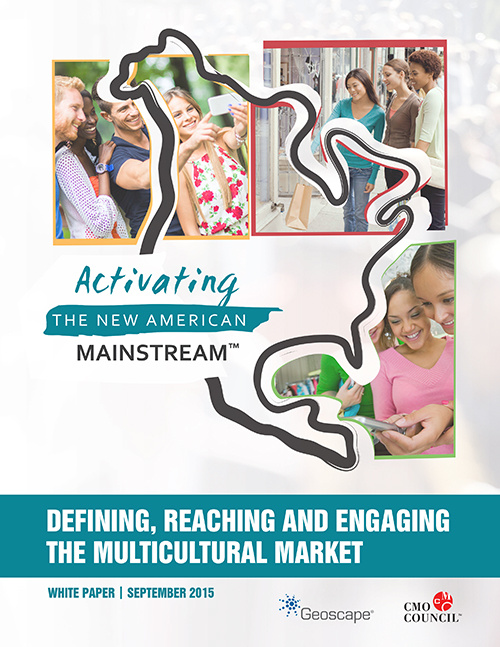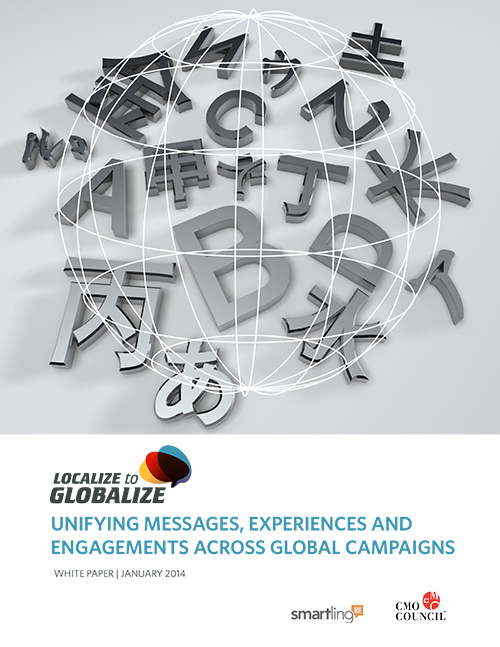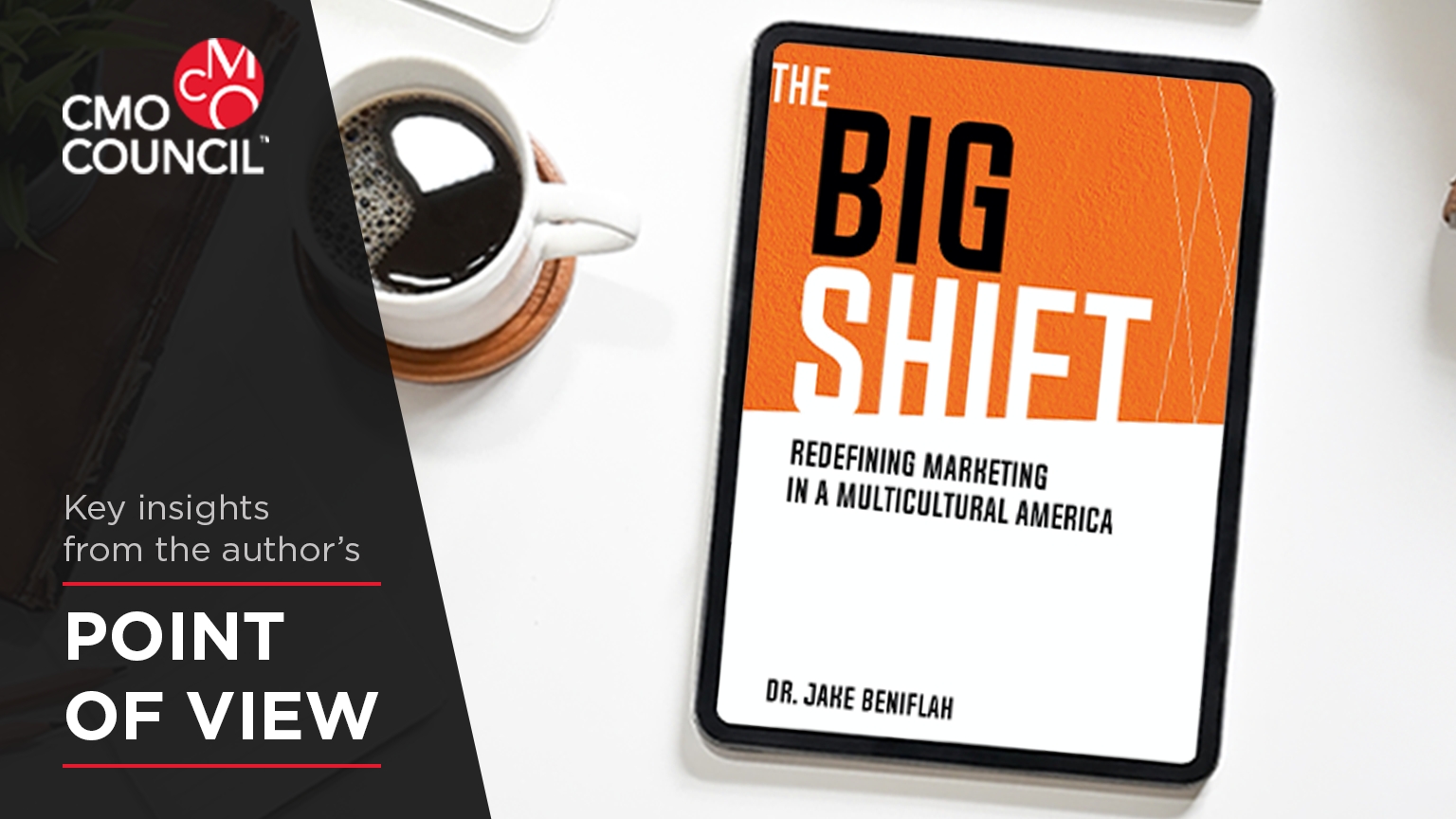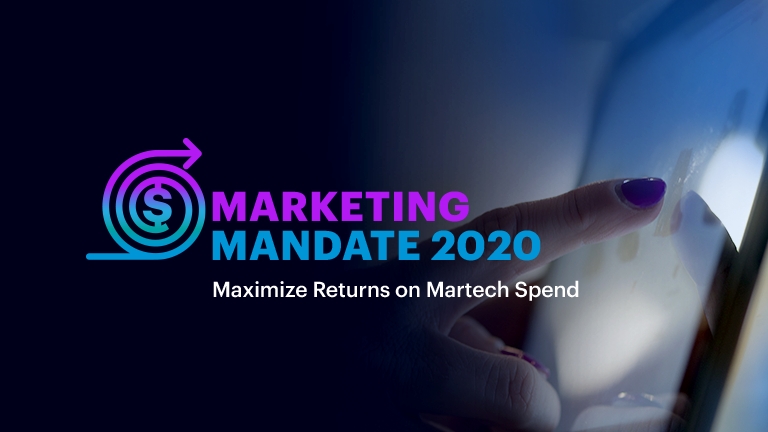Multiculturalism is leaving a profound mark on all aspects of life in America. From the selection of cosmetics, candy and condiments to preferences in the choice of TV-streaming, tattoos and take-outs.
It’s not just the rapid growth, habits and attitudes of the 120 million pan-ethnic Americans of all colors and persuasions, but the new affinity, appeal and embrace of multi-cultural products by mainstream consumers of all ages, races and ethnicities.
Nielsen and EthniFacts argue that the Intercultural Consumer is the new mainstream market to be targeted for growth. Most importantly, the researchers note that:
Intermarriage, cohabitation, cultural openness, receptivity and proximity have transformed the face of America and will continue to do so in the years ahead
- The foreign-born population has more than quadrupled since the 1960s, while the percentage of foreign-born with European ancestry has dropped from 74% to 11%
- The U.S.-born population of multicultural households has increased exponentially. The blending and mixing of races and ethnicities within households has become the norm for over half of the U.S. population under the age of 50
- 53% of the U.S. population is now under age 50 and lives in either multicultural households or households that are blended
Using Intercultural Affinity Segmentation, brands can aggregate consumers regardless of race and ethnicity, as there is ample evidence to show they have the mindset, behavior and opportunity to think and buy outside of their root culture.
Expert Insights
Dr. Jake Beniflah author of The Big Shift: Redefining Marketing in a Multicultural America, makes the point that the United States is a country of immigrants with tremendous diversity. There are about 350 different languages spoken inside the country and more than 500 possible group combinations between race, ethnicity and country of origin.
He notes that big, lucrative metro markets are becoming massively multicultural. New York is 68% multicultural. Chicago, 70%. Dallas, 71%. Los Angeles, 73%. Miami, 90%. Hawaii, California, Nevada, New Mexico, Texas, and Maryland are all multicultural majority states. And nationwide, there are almost 300 counties (as of 2019) where the majority of the population is multicultural.
Dr. Beniflah, who heads the Center for Multicultural Science and edits the Journal for Cultural Marketing Strategy, adds that brands will win or lose market share at the hyperlocal level. Here, they will need to understand and address what resonates with individual shoppers or consumer households given the density and panoply of intermingled cultures that are shaping new
“The stark reality of a shifting demographic is here,” says Dr. Beniflah. “Right now. It’s not a futuristic phenomenon. It is a reality that impacts our country, our communities and commerce, from mid-size and large corporations to small mom and pops. These demographic shifts will force all companies to redefine marketing moving forward.”
Research & Reading
A study conducted by the CMO Council – entitled Activating the New American Mainstream : Defining, Reaching and Engaging the Multicultural Market -- found that approximately 67% of U.S. marketing executives surveyed said their CMO had high-level support and buy-in for multicultural marketing efforts, but about 55% said their CEO did not believe multicultural consumers were critical to their growth plans.
This lack of top-tier support translates into a de-prioritization of multicultural programs across corporate America. The study also found: About half (51%) of marketers in the U.S. reported having too many competing priorities within their organizations; only 20% of marketers deemed multicultural strategies mandatory and unanimously embraced across their organization, and just over 25% believed that multicultural consumers were mission critical for their organization.













